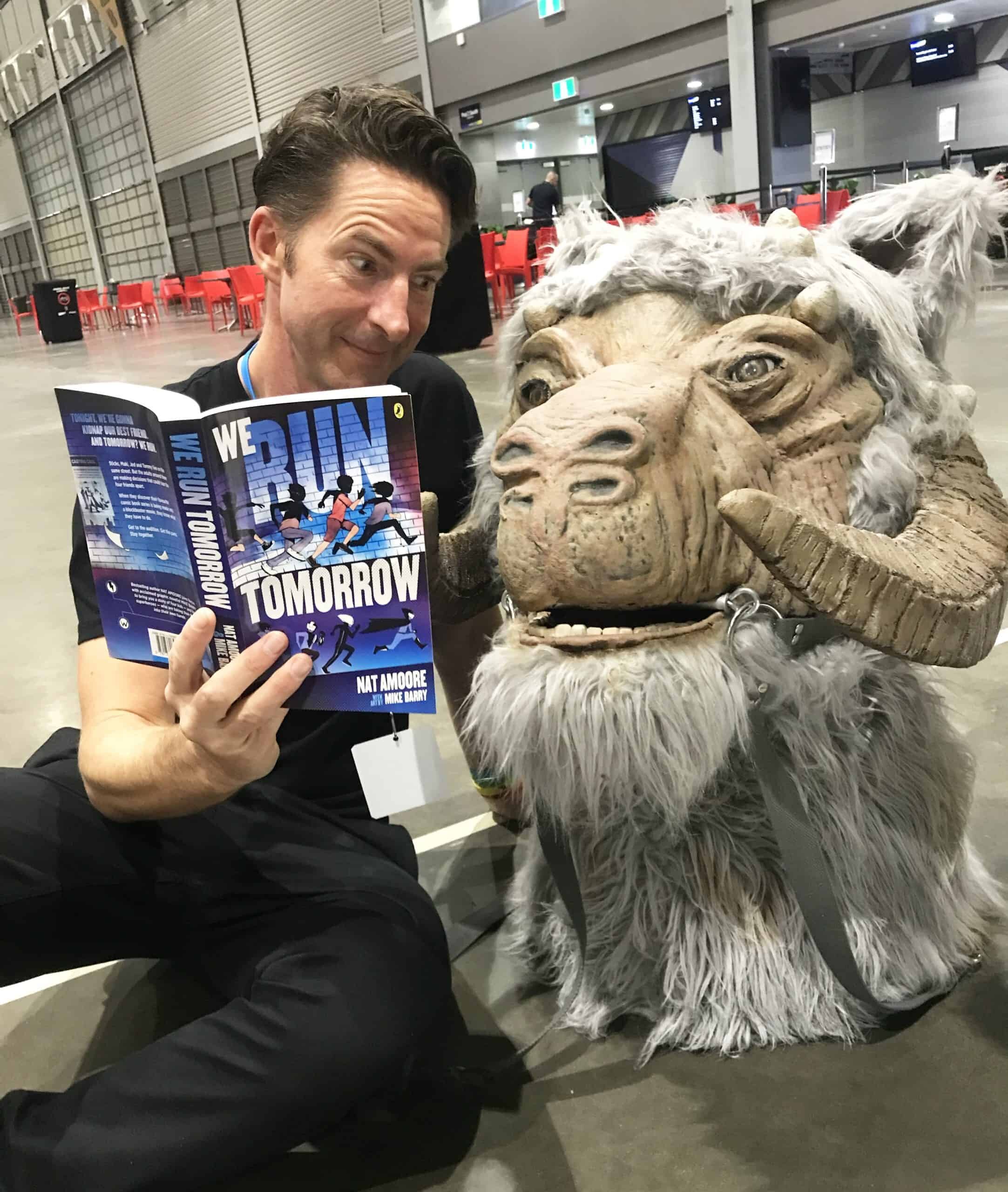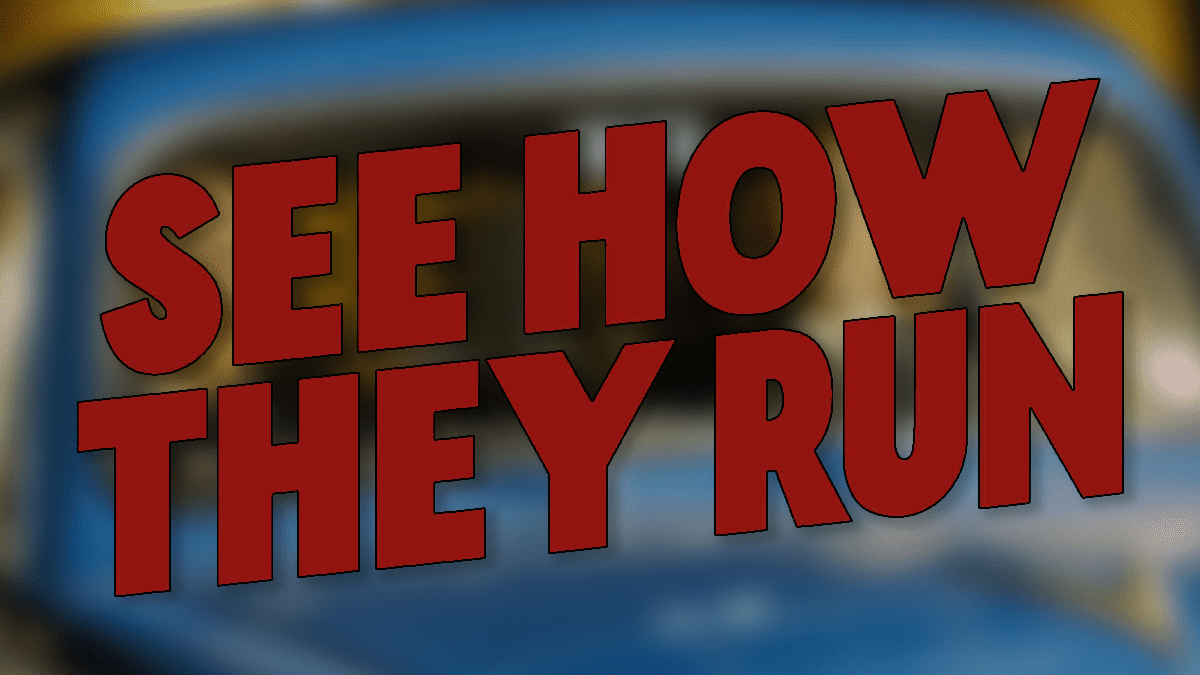Frank Martin’s Pipe Creepers
The odd couple. It’s a familiar term coined within the bowels of Pop Culture when two unlikely individuals are paired together. Still, when Neil Simon wrote the script for the 1968 comedy, The Odd Couple, I doubt Simon would’ve ever conceived the unlikely pairing of Super Mario Brothers and Lovecraftian horror in a two parter comic book series. That’s what Pipe Creepers is.
Thanks to the mad genius of writer Frank Martins, Pipe Creepers is the most unlikely of genre combinations which has resulted in two Plumbers trapped in the murky depths of a Lovecraftian nightmare. And you better believe there are tentacles.
I caught up with Frank earlier this week to discuss the bizarre horror comic and the nightmares within.
Pipe Creepers #1 is being billed to us as Super Mario vs Lovecraftian horror. An apt description, given the comic features two plumbers versus unspeakable Lovecraft chills, but tell me how the original story idea started.
Frank Martin: Well I’m a chimney sweep by trade. I’ve spent more time in basements than I could recount. Some nice. Some creepy. This book was inspired by exploring some of those creepy basements and wondering what it would be like getting lost in a Lovecraftian adventure. From there the story just kind of wrote itself. I’m a big Lovecraft fan. Not just of the Cthulhu mythos but some of his lesser known tales as well. So I had a blast throwing tons of Lovecraft nods into the story that horror geeks like myself might be able to point out.
On the plumber side of things, though, I really drew upon my experiences on the job. Little things I had to do day in and day out that irritated me or that were so routine that became mundane. For instance, I hate putting on boot covers. They always get tangled and feel weird to walk in. But I get it. Boots are dirty, so we should wear them.
But it always felt weird when people made me put them on when their house was far dirtier than anything I’d been walking in. So I threw that in the story. Little things too like lines of dialogue and conversations I’ve had with my partner are in the story, some of them word for word. It’s always weird where inspiration comes from.

Pipe Creepers #1 is the first issue of a 2 issue mini-series. You don’t see too many creators take this route. Why two issues and not an oversized one shot instead?
Frank Martin: I’ve done one-shots and anthologies before and I wanted to expand my repertoire a bit. My previous two campaigns have been for two-parters and it feels like a nice length. Three issues becomes a commitment between a writer and artist. And it can be hard making a relationship last that long.
Two issues is just long enough to be able to write that “to be continued” at the end of issue 1 while short enough so that it feels manageable. But what I’ve also been doing for these campaigns is combining parts 1 and 2 into an oversized deluxe edition. I’ll probably do that for the part 2 campaign of Pipe Creepers as well.
I remember a certain episode of The X-Files entitled “The Host” where a certain ‘flukeman’ sewer creature is responsible for a string of deaths in New Jersey. What is it about the deep, the unknown and what dwells beneath that appeals to you in horror fiction?
Frank Martin: You know it’s funny… I just revisited an old horror favorite of mine last night. CHUD! And I forgot how much fun and crazy that movie is. They really go deep underground to encounter not just the monsters but the underground homeless people who live there. And the truth is…I don’t know what’s so appealing about it.
Perhaps because when we look up at the sky and space it’s easy to assume we don’t know what’s going on up there. It’s big and vast and right in front of our faces. But it’s terrifying to think the same thing about what’s beneath us. This is our planet. Our cities. Our homes. And we can’t see what’s right below our feet? It’s a terrifying thought.
I’ve also heard that praise for another book of mine called Polar Paradox. That is about venturing deep under the sea into waters nobody’s ever been in before. The divers encounter strange creatures and the adventure is eerily similar to one that takes place underground. Polar Paradox is sci-fi while Pipe Creepers is horror. The stories themselves couldn’t be more different, yet there still remains that shared thread of “the unknown.”
We like to think of the sea and basements as places we are comfortable in. After all, we go to the beach and the basement is right there under our home. So when things don’t go as planned in either of them it can make for a compelling tale.

When it comes to horror fiction, specifically in the realm of comics, which horror creator is the true Master of Horror and why should your fans be aware of how their work has inspired Pipe Creepers?
Frank Martin: I’m re-reading my favorite graphic novel of all time right now: From Hell. And Alan Moore doesn’t get enough credit as a horror writer. People remember him for Watchmen and V for Vendetta, but the atmospheric dread and pacing of From Hell is top notch. Not to mention his unbelievable run on Swamp Thing. He truly defined the character as a horrifying monster while also making us sympathize with him. Really great stuff.
This also might seem like an obvious answer, especially given my project, but I’m going to say HP Lovecraft for a couple reasons. The man never wrote comics himself, but his work is great horror reading on its own. His prose might be a little dated and verbose, but there’s a reason he’s influenced SO many writers I admire like Neil Gaiman and Stephen King.
He’s set a very high bar for speculative fiction and in the realm of comics specifically. It seems his work, from the Cthulhu mythos to some of his lesser known titles, are prime for comic adaptations. And there have been TONS of them. There’s just such great imagery in his stories that they scream (no pun intended) to be illustrated.

The gritty artwork echoes the creepy dirt-filled atmosphere of two plumbers trudging through filth. How did you go about selecting the right artist for the job?
Frank Martin: Truthfully, I grabbed the artist before developing the story. I approached JC Grande about working together and asked him what he was into. He said horror was always his thing. I asked if he was into Lovecraft, to which he obviously responded yes. And I had this idea percolating in the back of my mind, so he seemed like a good fit. I pitched the concept. He loved it. And here we are.
For a 19 page comic, you establish and set the scene so quickly and give room for this horror comic to just be a horror comic. Do you think it’s important for negative space to be present in the development of a comic book issue?
Frank Martin: I think it depends. Sometimes you can’t help it. A story needs exposition that can only come from dialogue, so as a writer you’re forced to fit it in somehow. But a comic writer must also understand that you’re not the main storyteller. The artist is. Generally speaking, the less talking you have the better, which is tough because your main instinct is to fill your script with dialogue. But in reality, people don’t talk just to talk.
It’s a delicate balance between including dialogue to pump the brakes on the reader’s line of sight, while also letting the art do most of the storytelling. This is why so many comics edit their dialogue after the art is finalized. Sometimes you just don’t know what a page will look like until after it’s completed.
In the world of comics (and storytelling in general) there are rules. I try to follow these rules as closely as possible…but it’s also fun to challenge yourself and ignore the rules when the story calls for it. Dialogue is one of those things with tons of rules. For instance, I generally try to steer clear of narrating captions. They can be a huge crutch for a writer when the story should really be visualized rather than told.
Yet I’ve written comics that are entirely narrating captions without a single line of spoken dialogue. I’ve also written silent comics without a word of dialogue at all. That’s the fun thing about comics. They don’t have to be one thing. It’s a medium that thrives on experimentation and thinking outside the box.

Finally, why Plumbers?
Frank Martin: I said early that I was a chimney sweep, but I felt that wouldn’t connect as easily with readers as a plumber, which is more of a recognizable trade. And there’s something great about blue collar heroes that makes you just want to root for them. Go Mario!
Subscribe to our Newsletter
RELATED ARTICLES:
1. INTERVIEW: Rylend Grant and his Crazed Tokusatsu Jaunt with SUICIDE JOCKEYS
2. INTERVIEW: Russell Olson brings aliens to the Jazz Age in GATEWAY CITY
3. INTERVIEW: Matt Battaglia embraces the Darkness in GHOSTS OF THE CAROUSEL
4. Mark Waid picks his Top 3 Comic Books on Comics for the Apocalypse Podcast







